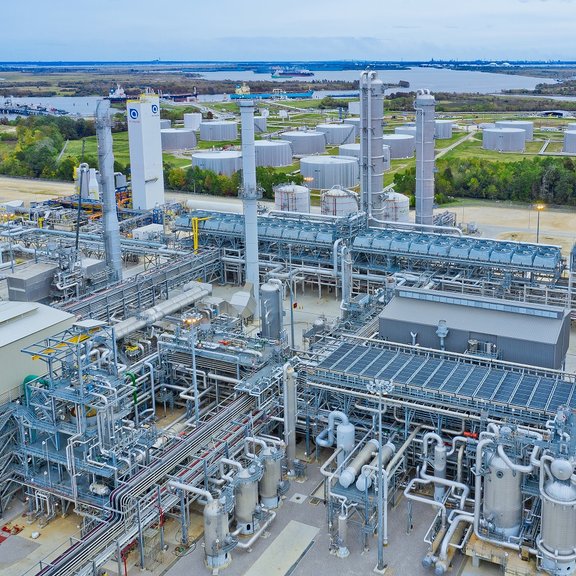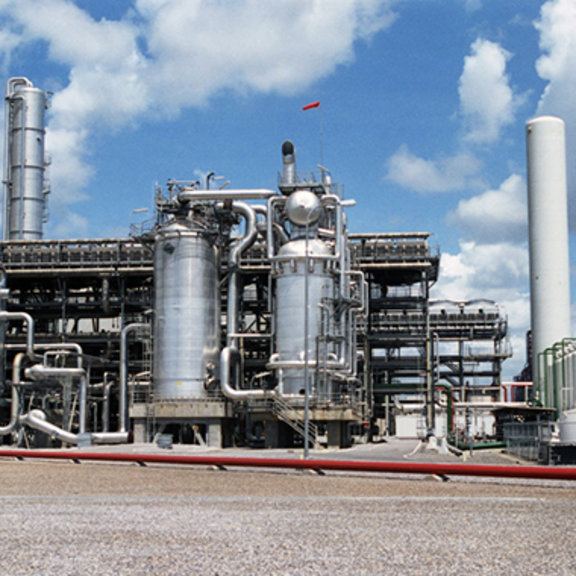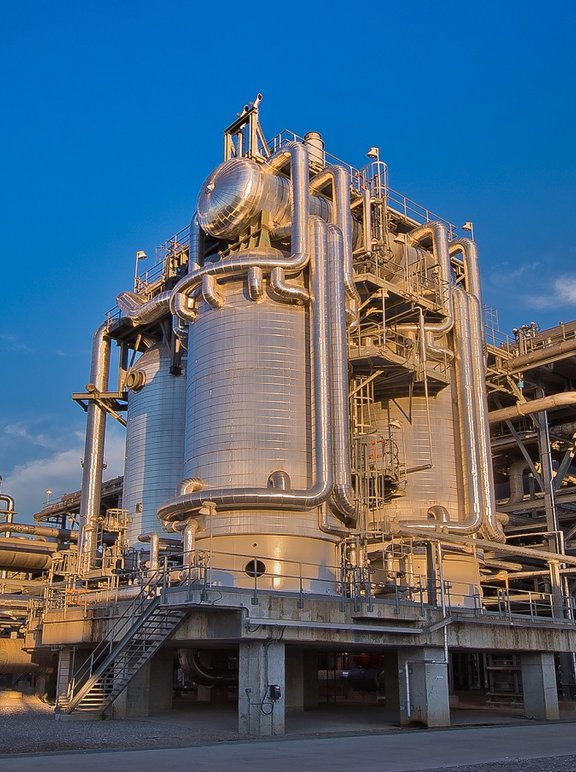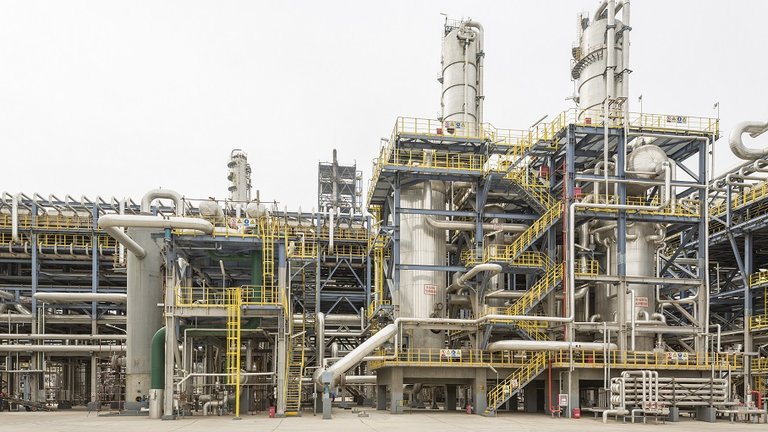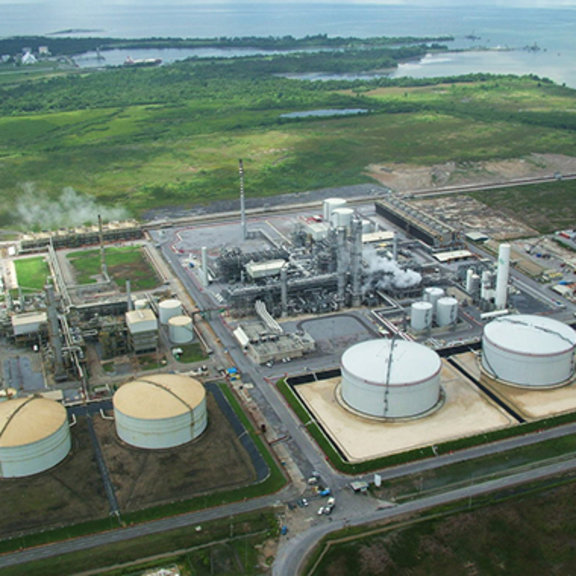Methanol
World leading methanol licensor with over 50 years of experience
Air Liquide Engineering & Construction is the world leading methanol licensor, with over 50 years-experience in plant design, engineering, procurement and construction offering customers safe, reliable and energy efficient technology solutions.
Our methanol production technologies offer customers a range of options of varying scales and help established methanol suppliers meet the pressure to produce in a more sustainable, low-carbon way.
We support customers in a wide range of industries, where methanol is used as a solvent, in chemicals and as a component in fuel applications or as a fuel by itself (gasoline blending and marine fuel). Our technologies also support the production and use of methanol in the chemical industry for the manufacture of formaldehyde, acetic acid, MTBE, many resins and olefins such as ethylene and propylene.
Lurgi™ Megamethanol
Our proprietary process technology, Lurgi MegaMethanol™, converts natural gas into methanol and offers the highest efficiency available.
Suited to large-scale production, Lurgi MegaMethanol™ converts syngas into raw methanol using a two-step reactor process. It is a reliable technology that features very low production costs at maximum capacity, as a result of its high levels of energy integration and low recycling ratios during synthesis.
The Lurgi MegaMethanol™process is particularly well-suited to customers with methanol production needs of more than one million tons per year. Our most recent designs are capable of producing as much as 10,000 tons of methanol per day in a single train.
CO₂ to Methanol
CO2 is the lowest energy containing carbon derivative, which is left when combusting hydrocarbons. Although already a part of nature’s value chains, CO2 produced from fossil fuels cannot be recovered by nature in the quantities being emitted.
One way of making use of CO2 is to produce methanol, which is used in various chemicals and recently used as a marine shipping fuel. Air Liquide Engineering & Construction offers the technology for the conversion of CO2 to methanol.
Together with our catalyst partner, Clariant, the technology is commercially available at any scale. For the production of renewable methanol, hydrogen should come from electrolysis from renewable sources or from steam biomethane reforming with carbon capture. CO2 shall be sourced from a renewable origin, as well as, for example, fermenters or CO2 capture from a biomass combustor.
Lurgi MTP™ - Methanol-to-Propylene
Our methanol-to-propylene technology produces propylene from methanol, independent of the original feedstock. The technology offers clients low cash costs, and its propylene product can be used as feedstock for a variety of petrochemical processes.
Lurgi™ Methanol
Decades of experience in designing plants allows Air Liquide to offer plant sizes from 50,000 tons per year up to many millions of tons per year. Different technology components allow the highest efficiency for any size.
Air Liquide with its Lurgi Technologies set the standard for the worldscale size of plants and introduced the oxygen driven Autothermal Reforming (ATR) in the mid 1980's.
